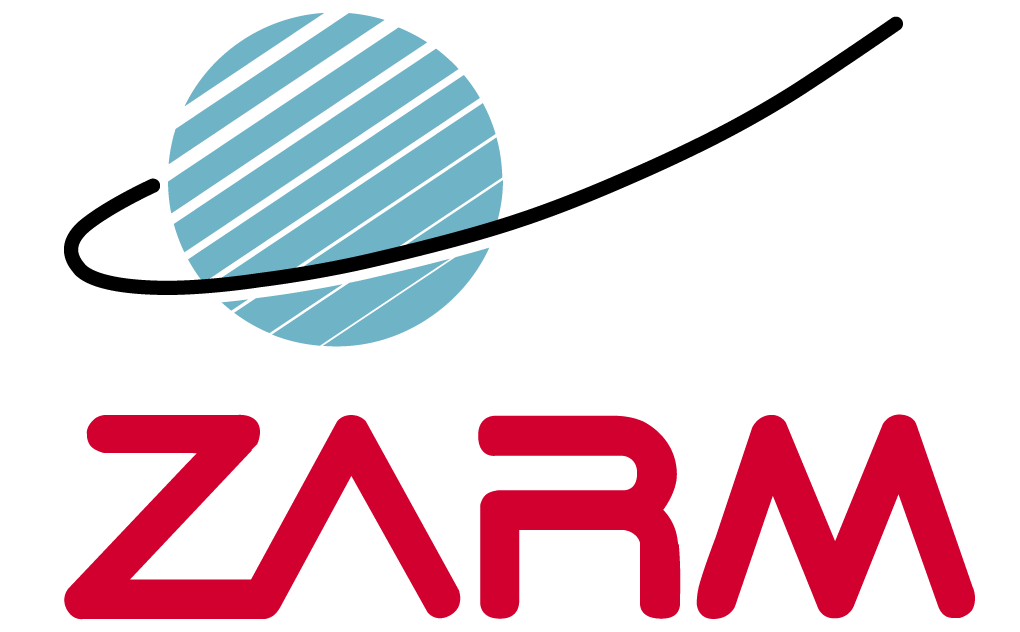Gravitational Theory
ABOUT OUR RESEARCH
Our research is focused on general relativity and its applications in astrophysics and geodesy as well as relations to quantum physics. This includes astrophysical extreme mass ratio systems and accretion disks around black holes as well as investigations of relativistic effects on the motion of satellites. The relativistic effects in rates of clocks on Earth and in space are crucial e.g. for height determination in geodesy. Moreover, we study fundamental problems in electrodynamics and in alternative theories of gravity.
Our fields of research
- Dynamics of light, particles (stars), and fluids in relativistic spacetimes using mostly analytical techniques
- Applications in relativistic astrophysics: extreme mass ratio systems, pulsar timing, accretion disks, gravitational lensing
- Tests of gravity: investigation of relativistic effects on satellites orbiting the Earth as well as Earth- or space-based clocks
- Relativistic geodesy: basic notions in General Relativity (GR), new concepts using the additional gravity degrees of freedom in GR; related topics are synchronisation and geodetic reference frames
- Alternative/modified theories of gravity and electrodynamics
CONTACT

Cluster of Excellence 'QuantumFrontiers'
The QuantumFrontiers program explores light and matter at the quantum frontier, advancing quantum and nanometrology to enhance measurement precision. These innovations enable groundbreaking technologies, from probing gravitational waves to understanding quantum-scale phenomena, deepening our knowledge of nature at both cosmic and microscopic scales.

Collaborative Research Center 'TerraQ - Relativistic and Quantum-based Geodesy'
The long term vision of TerraQ is to create a new geodesy based on quantum physics and general relativity, enabling unique prospects for satellite geodesy, gravimetric Earth observation and reference systems.
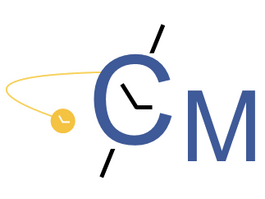
Research Unit 'Clock Metrology: A Novel Approach to TIME in Geodesy'
This research unit develops methods to enhance geodetic reference systems by linking all space geodetic techniques to a common time system. Accurate, stable global reference frames are essential for positioning, navigation, and understanding long-term geodynamic and climate processes, including plate tectonics and sea-level change.
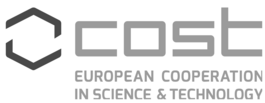
Cost Action 23130 - Bridging high and low energies in search of quantum gravity (BridgeQG)
This COST Action Network brings together theorists and experimentalists to explore the regime where gravity meets quantum physics. From astrophysical observations to precision table-top experiments, the aim is to understand Planck-scale effects and study gravity's influence on quantum systems, bridging expertise in quantum-gravity, -optics, -mechanics, and high-energy astrophysics.
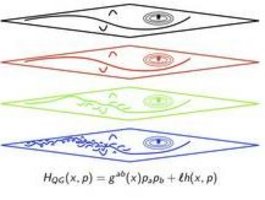
DFG Project 'Momentum dependent spacetime geometries: Traces of quantum gravity and fields in media'
This project establishes a rigorous mathematical framework for effective quantum spacetime geometries using Finsler and Hamilton geometry. It seeks to derive observable predictions (e.g., particle trajectories, time delays, light deflections), study classical and quantum field propagation on quantum spacetime, and develops the dynamics that determine the quantum spacetime geometry.
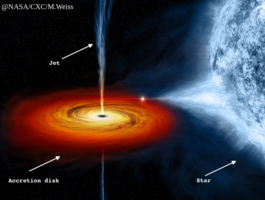
DFG project: General relativistic theory of charged accretion disk structures around black holes: influence of the (self)-electromagnetic interaction
Accretion disks around black holes and neutron stars, shaped by electromagnetic fields, provide insights into strong-gravity regimes. This project explores charged fluid disks, focusing on their self-interactions through analytic models and GRMHD simulations, aiming to unravel complex phenomena in disk structure, physics, and evolution near compact objects.
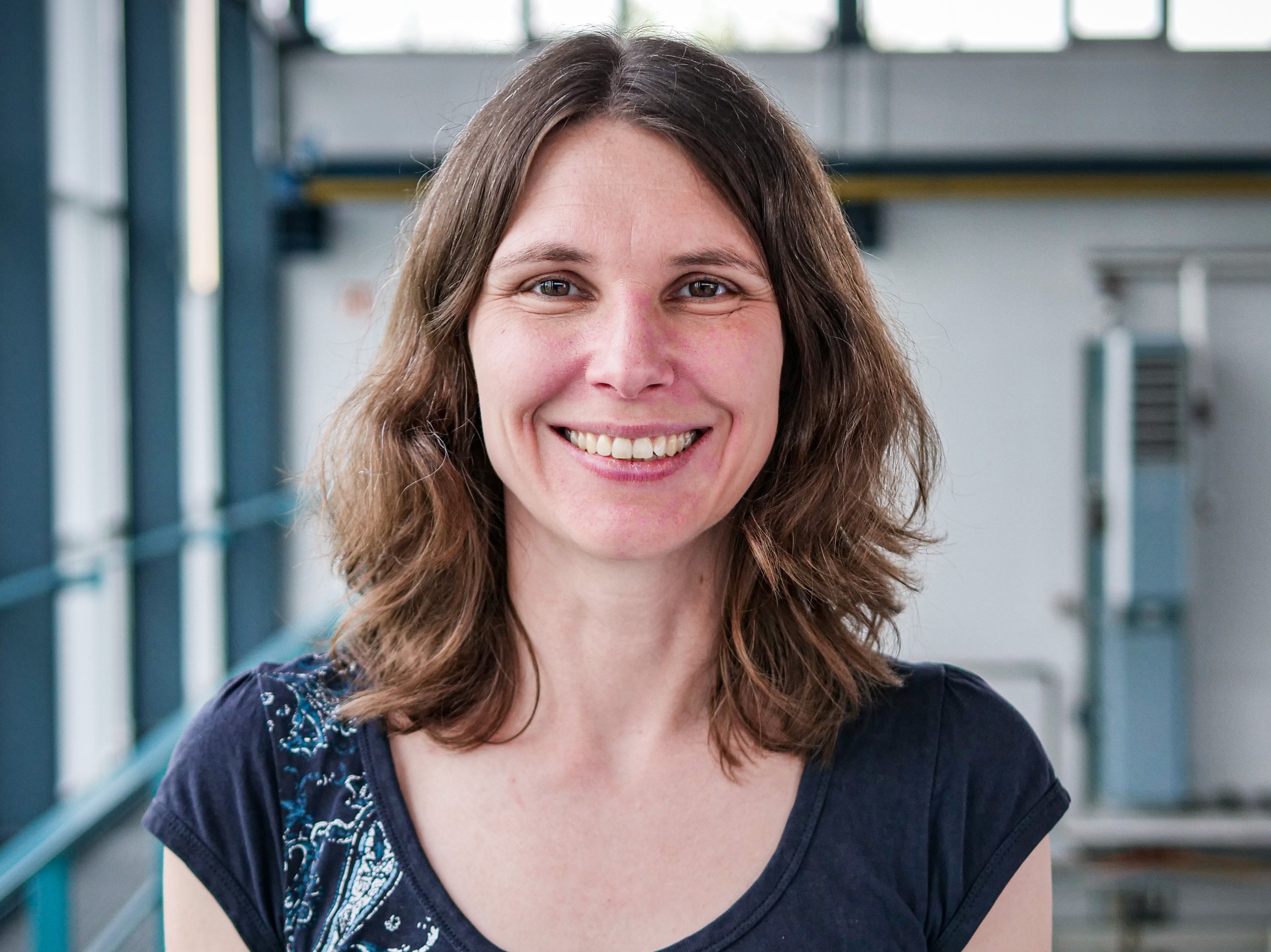
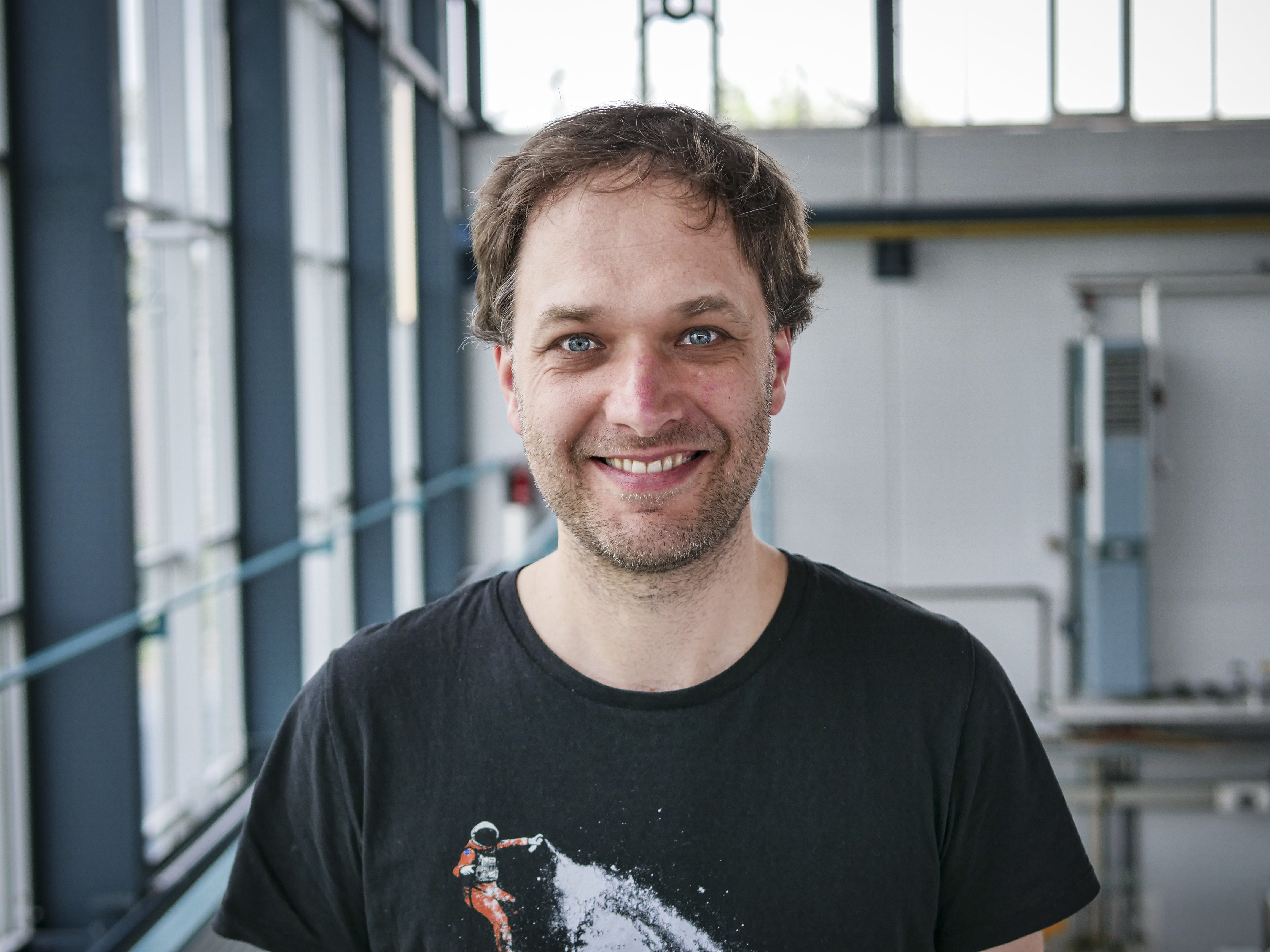

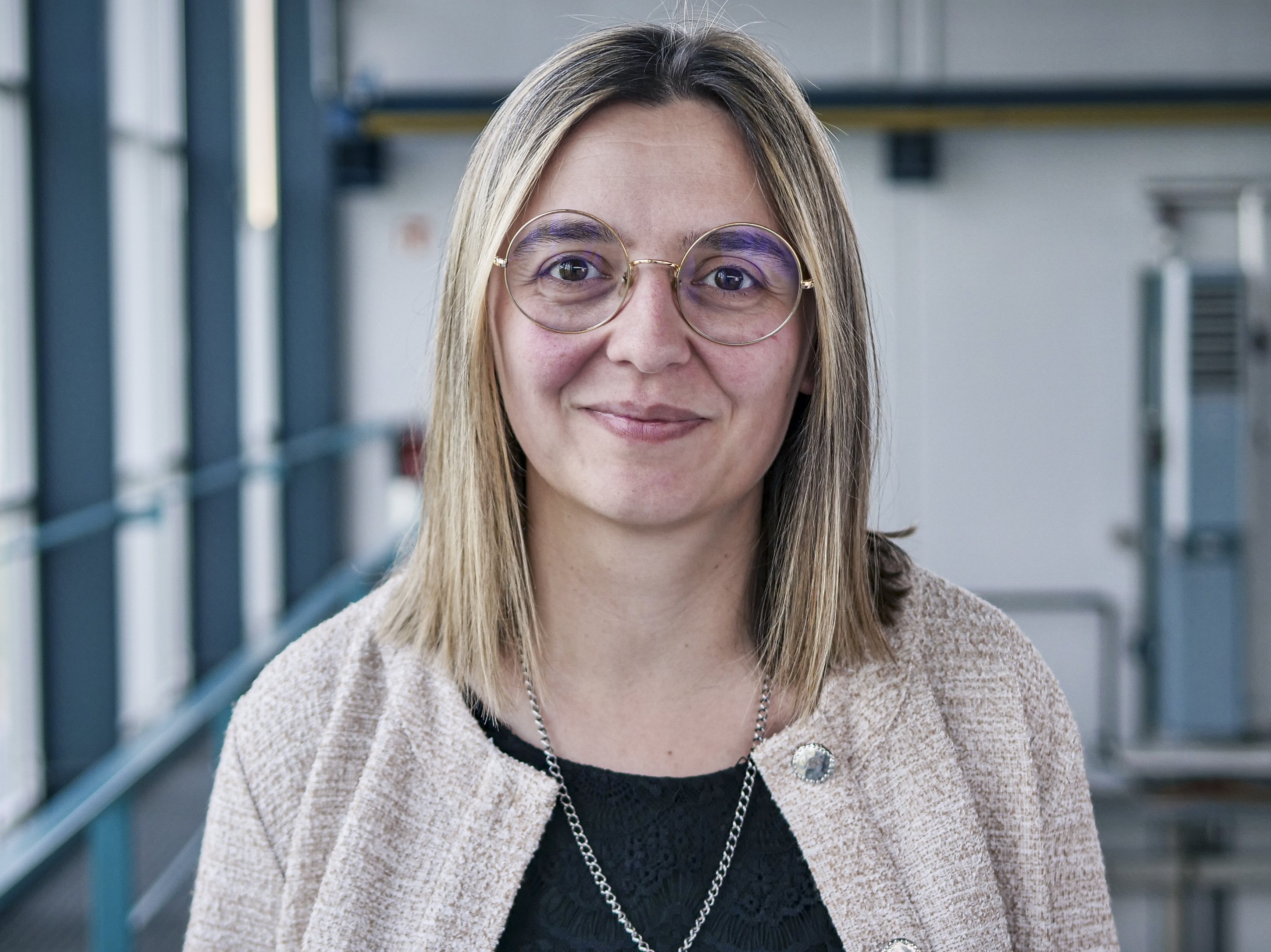






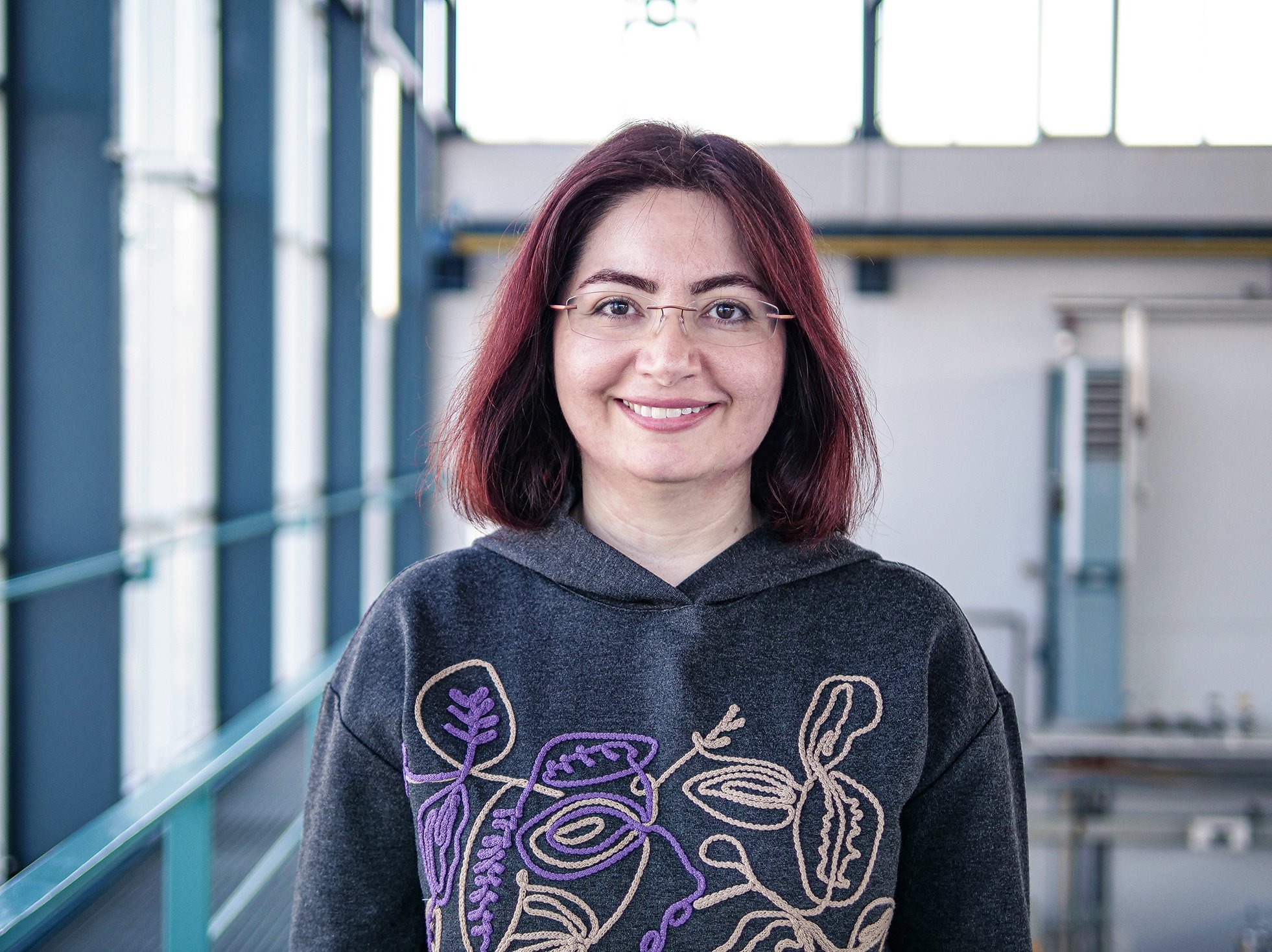
The list below shows the latest 25 publications of this research group. For the complete, searchable list of ZARM publications, please click more
2019
Redshift in Finsler spacetimes
Phys. Rev. D, 100 :024033
2019
The propagation delay in the timing of a pulsar orbiting a supermassive black hole
Gen. Rel. Grav., 51 :37
2019
2018
Black hole shadow in an expanding universe with a cosmological constant
Phys. Rev. D, 97 :104062
2018
Bose-Einstein condensates in charged black-hole spacetimes
J. Cosm. Astropart. Phys., 2018 :043
2018
Charged fluid structures around a rotating compact object with a magnetic dipole field
Phys. Rev. D, 98 :023017
2018
Deviation equation in Riemann-Cartan spacetime
Phys. Rev. D, 97 :104069
2018
Effects of nonlinear vacuum electrodynamics on the polarization plane of light
Phys. Rev. D, 98 :105014
2018
Equilibrium configurations of charged fluid around Kerr black hole
Phys. Rev. D, 97 :104019
2018
Exploiting the hidden symmetry of spinning black holes: conservation laws and numerical tests
Monthly Notices of the Royal Astronomical Society, 473.2 :2434
2018
Finsler geometry as a model for relativistic gravity
Int. J. Geom. Meth. Mod. Phys., 15 :1850166
2018
Gravitational clock compass in General Relativity
Phys. Rev. D, 98 :024032
2018
Modeling approaches for precise relativistic orbits I: Analytical, Lie-series, and pN approximation
Advances in Space Research, 62 :921
2018
New closed analytical solutions for geometrically thick fluid tori around black holes: Numerical evolution and the onset of the magneto-rotational instability
Astronomy and Astrophysics, 614 :A75
2018
Shadow of a collapsing dark star
Gen. Rel. Grav., 50 :58
2018
2017
Conservation laws and evolution schemes in geodesic, hydrodynamic and magnetohydrodynamic flows
Phys. Rev. D, 96 :064019
2017
Definition of the relativistic geoid in terms of isochronometric surfaces
Phys. Rev. D, 95 :104037
2017
Light propagation in a plasma on Kerr spacetime: Separation of the Hamilton-Jacobi equation and calculation of the shadow
Phys. Rev. D, 95 :104003
2017
Pseudo-Newtonian equations for evolution of particles and fluids in stationary space-times
Astrophys. J., 105 :841
2017
Relativistic dust accretion of charged particles in Kerr-Newman spacetime
Phys. Rev. D, 96 :063015
2017
Sachs equations for light bundles in a cold plasma
Class. Quantum Grav., 34 :215006
2017
The Milky Way's Supermassive Black Hole: How good a case is it? A Challenge for Astrophysics & Philosophy of Science
Foundations of Physics, 47 :553
2017
2016
Anisotropic inflation in Gauss-Bonnet gravity
J. Cosmol. Astrop. Phys., 2016 (09) :025
2016
Canonical Hamiltonian for an extended test body in curved spacetime: To quadratic order in spin
Phys. Rev. D, 93 :103008
2016
Circular motion in NUT spacetime
Class. Quantum Grav., 33 :245014
2016
Comparing Hamiltonians of a spinning test particle for different tetrad fields
Phys. Rev. D, 93 :044004
2016



